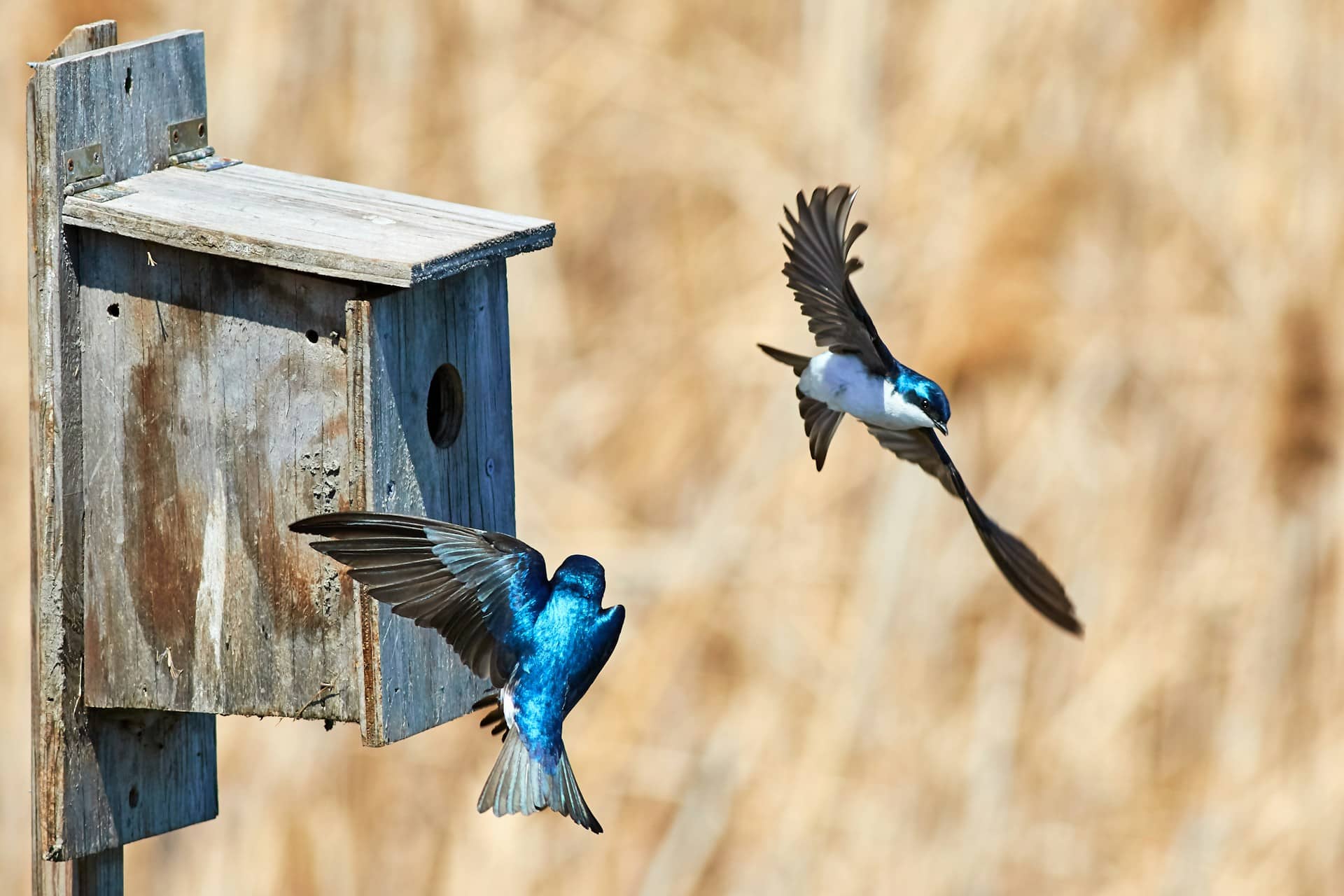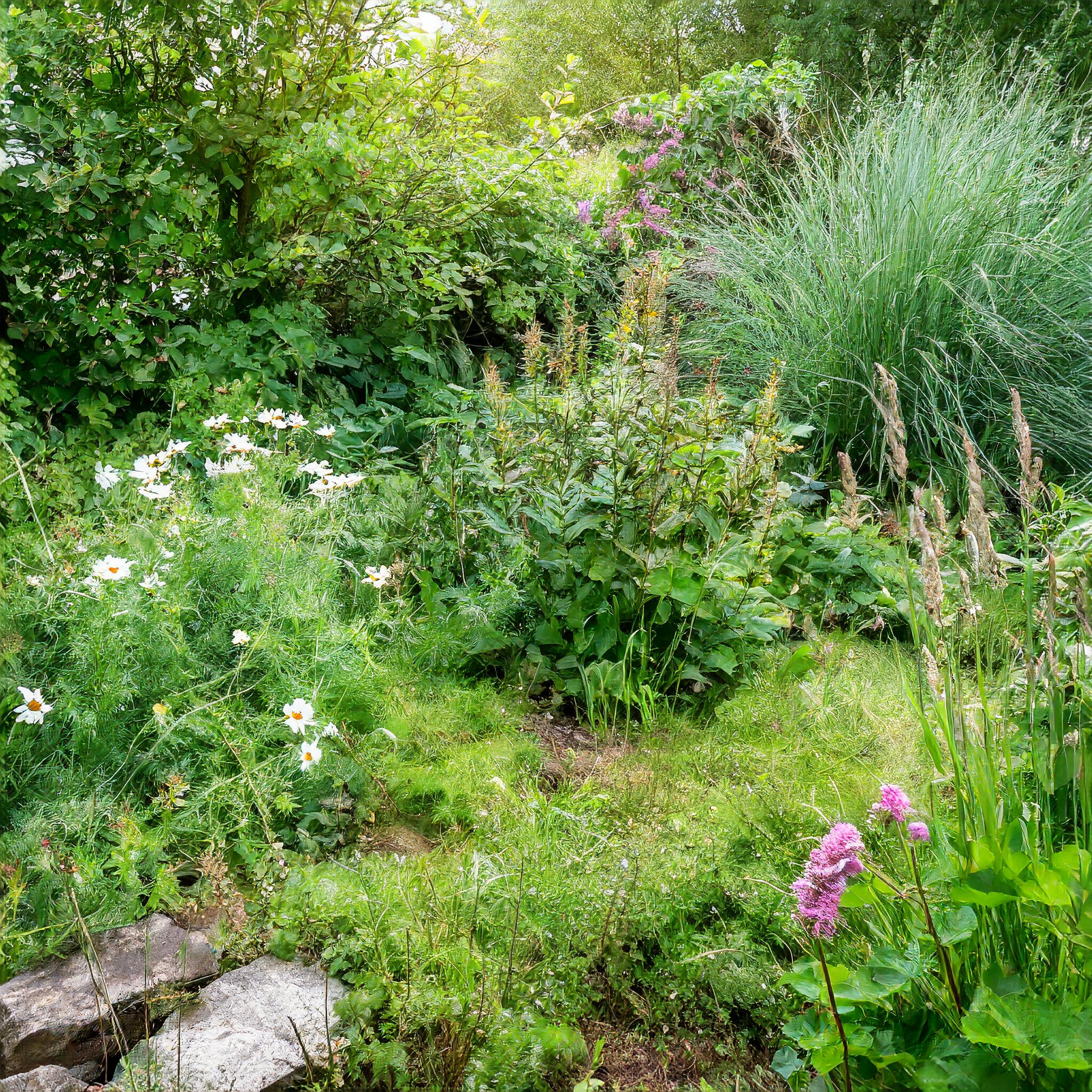The month of March is often synonymous with rebirth for our gardens. The buds appear, the flowers begin to bloom and nature gradually awakens. Take advantage of this favorable period to invite biodiversity into your home with simple and concrete actions. In this article, we present you with the 4 essential steps to welcome biodiversity into your garden in March.
1. Prepare your land to promote plant diversity
The first step to creating a garden conducive to biodiversity involves carefully choosing the plant species you are going to plant. The goal is to create a rich and varied environment that can accommodate different animal species.
Choosing Local and Suitable Plants
Opt for local plant species that are adapted to your region. These plants are not only more resistant to climate conditions, but they also attract more local insects. You can, for example, favor fruit trees, composed hedges or even melliferous plants (of interest to pollinating insects like bees).
Vary the shapes, colors and heights
Consider diversifying the shapes, colors, and heights of plants in your garden. This plant diversity provides a suitable habitat for various species of birds, insects, and mammals, which feed and nest in the different types of plants.
2. Creating shelters for wildlife
To attract and welcome biodiversity into your garden, it is necessary to provide it with a safe and comfortable refuge. Here are some ideas for natural or artificial arrangements to provide shelter for animals:
Installing Insect Houses
Insect houses make perfect shelters for small critters in the garden, such as ladybugs or lacewings, which contribute to the regulation of pests. You can make them yourself with natural materials (bamboo, wood, reeds) or buy them in a specialized store.
Installing birdhouses for birds
The installation of birdhouses promotes bird nesting in your green space. Since each species has specific preferences, inquire with local ornithological associations to choose the location and model of birdhouse suitable for your region.

Arrange water areas
Water points like a small pond or a basin attract animals who hydrate and bathe. Don’t hesitate to provide areas of shade, vegetation, and rest on the outskirts to offer an environment conducive to the well-being of wildlife.
3. Adopt Eco-Responsible Practices
Environmental respect also involves the adoption of ecological gardening practices, preserving the soil health, plants and animals.
Prioritize Permaculture
By intelligently associating different plant species and imitating the natural functioning of ecosystems, permaculture favors the preservation of biodiversity and allows different species to develop harmoniously.
Avoid Chemical Products
Reduce the use of pesticides, herbicides, and chemical fertilizers, which are harmful to biodiversity and soil quality. Instead, opt for natural and organic alternatives, such as nettle manure, compost, or even ladybirds to fight against aphids.
Leave a wilderness space
To encourage biodiversity in your garden, preserve a corner where the wild flora and fauna can flourish freely. You can leave this area fallow, with tall grasses and spontaneous plants, ideal for sheltering various animals such as insects, small mammals or even birds.

4. Observe and Share Your Knowledge
Finally, there’s nothing better than carefully observing your winged or crawling visitors to learn more about them and adapt your arrangements accordingly. Don’t hesitate to share your discoveries and tips with other gardening enthusiasts and biodiversity lovers.
Participate in citizen observatories
Many citizen biodiversity observatories allow you to share your observations and counts of animals, thereby promoting a better understanding and preservation of our natural heritage.
Engage with local associations
The local nature protection associations are a treasure trove of information and valuable advice for welcoming and preserving biodiversity within your green space. Joining a local group could also be an opportunity to participate in enriching projects, conferences or training sessions.
By following these 4 steps, you will contribute to making your garden a real refuge for biodiversity. Don’t forget that every action counts and even small daily gestures can have a real impact on the preservation of our environment and the well-being of the species that populate it.

